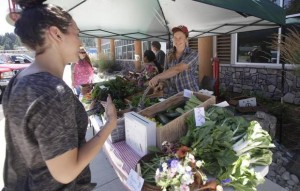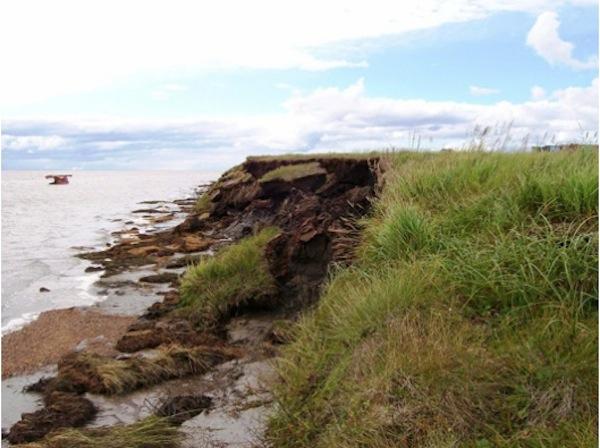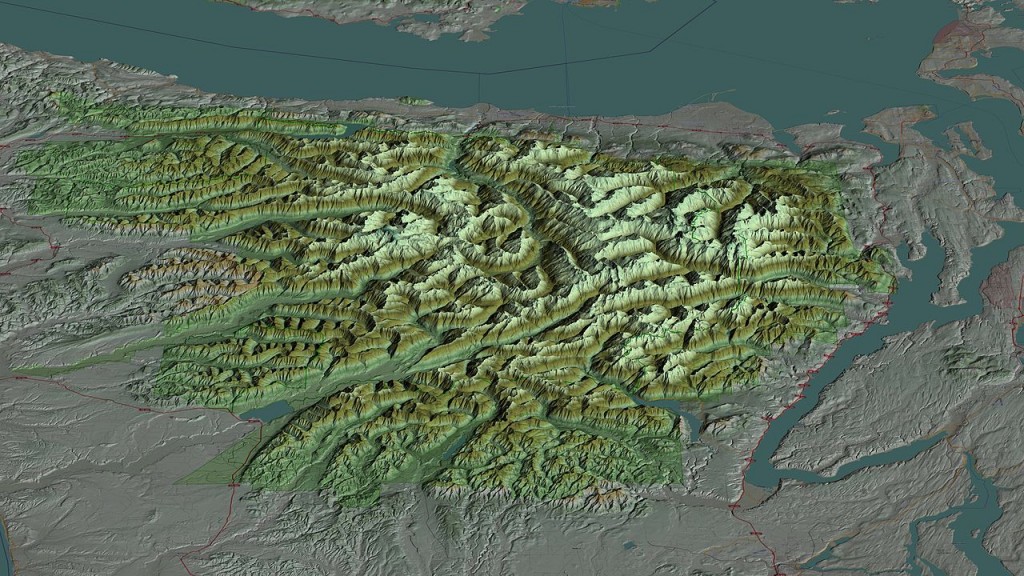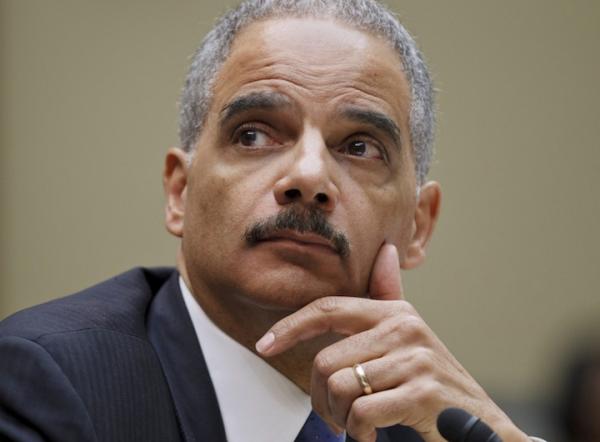Source: Water4fish
TAHOLAH, WA, 7/16/14)– Quinault Tribal Enterprises has officially become the new owner of RPMM, LLC, a major marina, mooring and fishing support facility based in Westport.
The Quinault Tribal Business Committee and the Quinault people are very pleased about this transaction,” said Fawn Sharp, President of the Quinault Indian Nation. “It is a big step forward in our long term economic strategy which includes off-Reservation business acquisitions. This opportunity fits within our vision to support the economic development of our region, based on sustainable industry,” she said.
The Port of Grays Harbor Commissioners approved the transfer of ownership as it related to a condition of the lease between tenant RPMM, LLC and the Port. This is the first upland lease between QTE and the Port. The Port signed a lease with RPMM, LLC in 2005 for uplands at Firecracker Point. Over the years, RPMM improved the site to include docks, a hoist, an ice house, equipment storage and fueling services. This was the first lease requiring a tenant to provide access to a hoist and to post a tariff for using the facility. All terms and conditions of the RPMM lease will be assumed by QTE, and it will continue to be operated and managed for the Westport and Quinault fleet as it has in the past.
“We purchased RPMM, LLC to complement fishing enterprises and the seafood processing that currently occurs at Taholah,” said President Sharp. “The purchase will lead to new jobs, on and off the water, for tribal members and non-tribal members alike. Quinault Nation continues to be the largest overall employer in Grays Harbor County. The jobs we provide are sustainable and clean and our relationship with our neighboring communities is constantly improving. We have much to look forward to in our region, economically and environmentally, as long as we continue to work together toward common objectives,” she said.
“The Port is a key partner for our future growth in Westport and we look forward to developing and strengthening our relationship to achieve our future goals,” she said.















